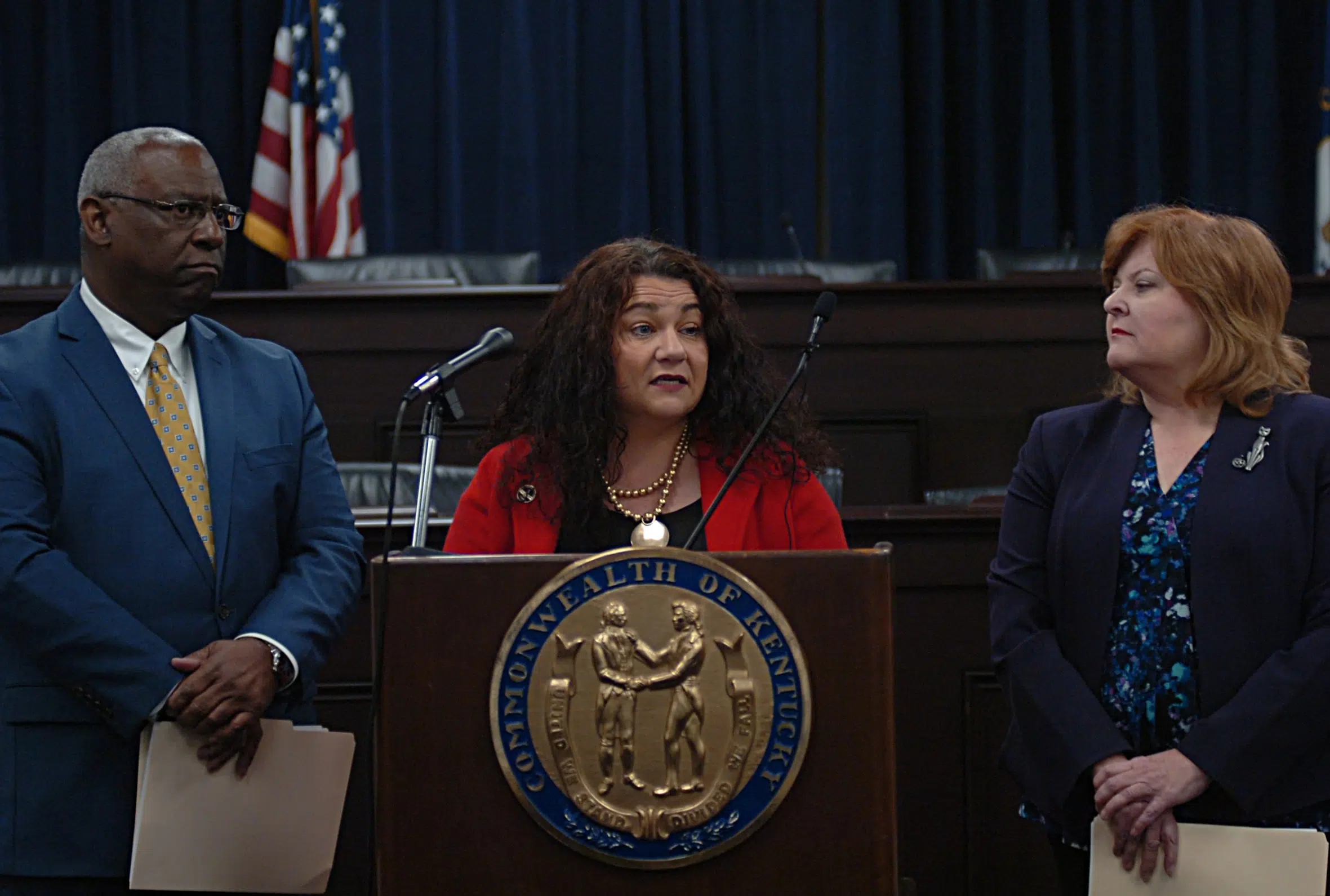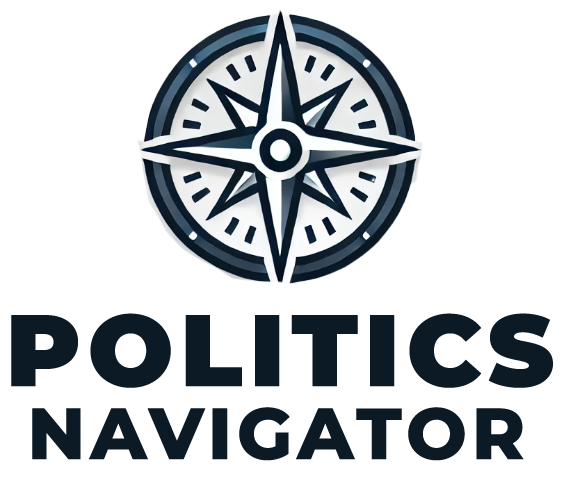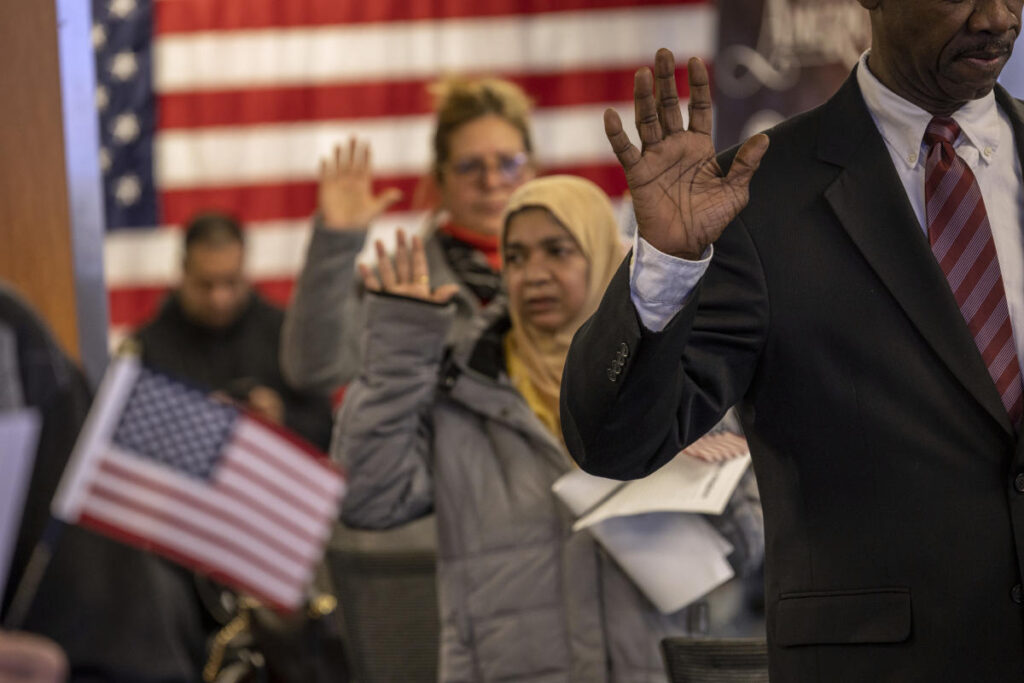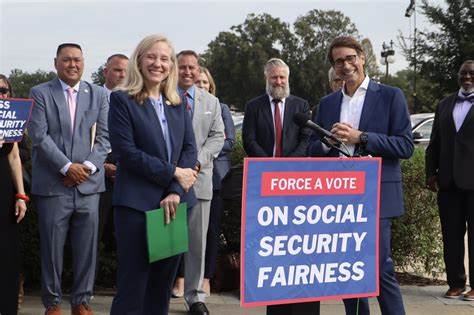The latest research from Pew Research Center reveals fascinating insights into Americans’ attitudes toward legal immigration, with a particular emphasis on high-skilled workers. This comprehensive analysis explores current trends, public opinion, and the evolving landscape of U.S. immigration policy in 2024.
Current State of Legal Immigration in America
Recent data shows that approximately 47.8 million immigrants currently reside in the United States, with the vast majority maintaining legal status. In 2023, the country witnessed a significant milestone as nearly 1.2 million immigrants received their green cards, marking a return to pre-pandemic levels with an increase of 155,000 from the previous year.
Breaking Down the Numbers
The distribution of green cards in 2023 reflects America’s diverse immigration priorities:
- Family sponsorship remains the primary path, with 756,000 green cards issued
- Employment-based green cards reached 197,000
- Diversity visas accounted for 67,000 new permanent residents
Public Opinion on Immigration Levels
According to the August 2024 survey, Americans demonstrate a measured approach to immigration policy. Nearly half of U.S. adults advocate for maintaining current legal immigration levels, indicating a preference for stability in immigration policy rather than dramatic changes in either direction.
Demographic Variations in Immigration Support
Support for increased immigration shows notable variations across different demographic groups:
- Young Americans (ages 18-29) show the strongest support, with 50% favoring increased immigration
- Democratic-leaning voters (41%) are more likely to support immigration increases compared to Republican-leaning voters (20%)
- Asian Americans lead ethnic groups in supporting immigration increases at 46%, followed by Hispanic (32%), Black (30%), and White (27%) adults
The Priority: High-Skilled Immigration
One of the most striking findings reveals that Americans strongly favor prioritizing high-skilled workers in the immigration system. The data shows:
- 42% believe highly skilled workers (scientists, doctors, nurses, and programmers) should receive top priority
- 25% prioritize workers filling labor shortages in sectors like agriculture and healthcare
- 19% emphasize family reunification as the top priority
- Only 5% prioritize diversity in immigration
Temporary Work Visas Show Significant Growth
The temporary visa program has shown remarkable growth, particularly in specialized sectors:
- H1B visas for highly skilled workers reached 755,000 in 2023
- Agricultural H2A visas hit 719,000, exceeding pre-pandemic levels
- Both categories showed substantial increases from 2019 levels
Looking Forward: Immigration Policy Implications
These findings come at a crucial time as policymakers consider reforms to the immigration system. The technology sector’s continued advocacy for increased high-skilled immigration aligns with public sentiment, suggesting potential support for policy changes in this direction.
The data presents a clear picture: Americans support a balanced approach to legal immigration while strongly favoring policies that attract highly skilled workers. This preference for skilled immigration, combined with steady support for maintaining current immigration levels, suggests a pragmatic approach to immigration policy that could shape future reforms.
As the nation continues to debate immigration policy, these insights provide valuable context for understanding public sentiment and potential paths forward. The strong support for high-skilled immigration, in particular, may influence future policy discussions and reforms.











